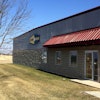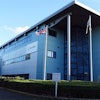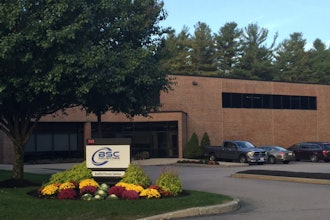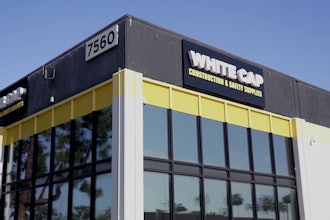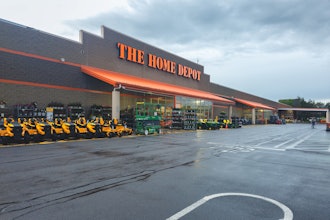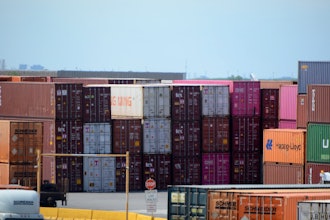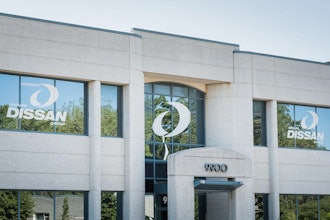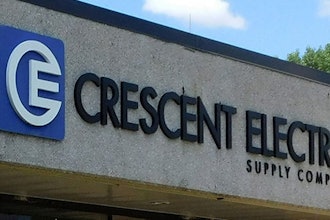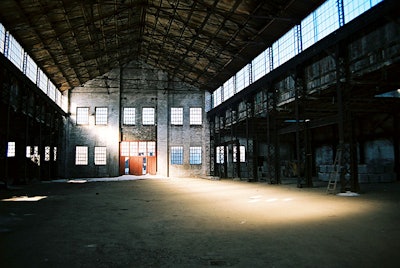
C&W Reports Healthy Demand, Declining Vacancies and Positive Absorption
August 16, 2012 – The resiliency of industrial real estate is showing itself noticeably heading into the second half of 2012. Key markets nationwide continue to experience healthy demand, declining vacancies and positive absorption, which are beginning to push rent growth and foster the return of speculative construction.
This is particularly impressive considering the context. The unemployment rate has remained relatively unchanged this year, registering 8.3 percent in July. Slowing growth in China and the debt crisis in Europe are creating continued geopolitical uncertainty. And here in the U.S., manufacturing output in July contracted for the second consecutive month (following 34 months of growth). And while the housing market has shown some signs of coming back, which certainly is a “positive,” the big picture remains challenging.
Yet industrial as a sector continues to power through.
- By the end of the second quarter, the national industrial vacancy rate fell to 9.3 percent – down from 10.4 percent at mid-year 2011. This represents six consecutive quarters of improvement. Most importantly, this is the lowest overall vacancy since the fourth quarter of 2008.
- The United States industrial sector absorbed in excess of 65.1 million square feet during the first six months of 2012, compared to 53.5 million square feet at this time last year.
- Through June, industrial tenants leased nearly 200 million square feet nationwide. This puts 2012 activity on track to come close to the 417 million square feet leased in 2011. Notably, we have seen a number of major-name companies commit to very large blocks this year, including Home Depot, Crayola, General Electric, Amazon.com and Unilever – which all have made commitments in excess of 800,000 square feet.
- Rental rates are still down slightly from mid-year 2011, although we saw a slight uptick during the first half of 2012. That said, if absorption continues on its current trajectory demand will soon begin to outstrip supply. This likely will lead to near-term, moderate growth in rental rates.
Several markets bear mention. Greater Los Angeles leads the nation in year-to-date leasing, with 18.9 million square feet of activity. Chicago came in as a close second; its 18.2 million square feet in leasing reflect that region’s continued dominance as an inland hub. The Pennsylvania I-81/I-78 Corridor is among the most exciting emerging markets to watch. That region’s 4.3 million square feet in leasing represents a 73.0 percent year-over-year increase.
The volume of speculative construction recently delivered, underway and planned for imminent launch is, perhaps, the most telling sign of confidence in the industrial real estate market. At the end of the second quarter just less than 8 million square feet of reported speculative activity represented nearly double the volume at mid-year 2011. What does that significant increase mean? In short, lenders only lend and developers only develop when they possess a strong conviction that demand will continue. It’s as simple as that.
Looking at the balance of the year, we do not anticipate any major shifts that will deter continued progress for the industrial sector. The market has fought through the issues of unemployment and challenges overseas, and it will continue to persevere. While we need to watch manufacturing output, the slowdown over the past few months likely is a short-term factor that will shift back into moderate growth in the coming months. So while these concerns may keep momentum in check, we fully anticipate continued, tangible improvement for industrial real estate through the end of 2012.

